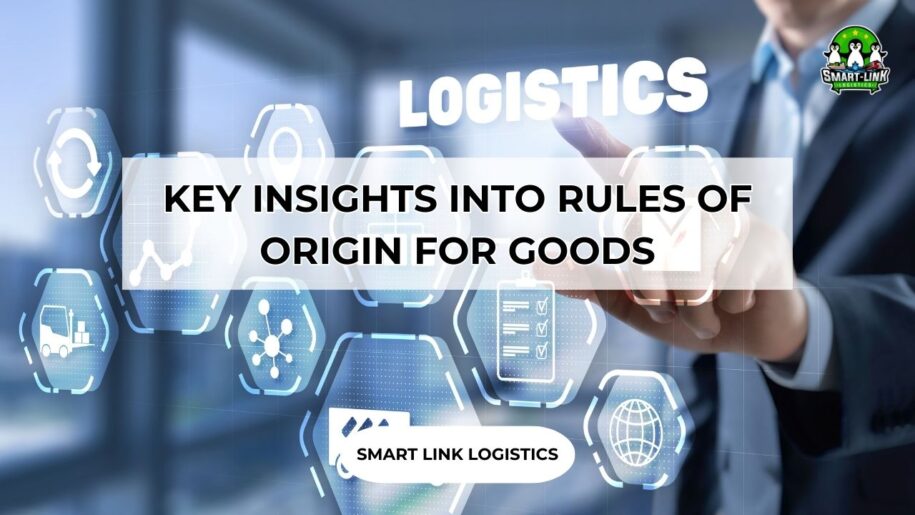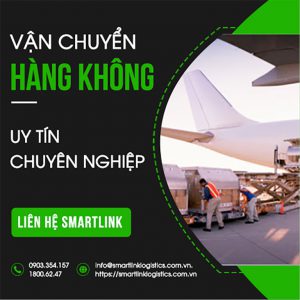
KEY INSIGHTS INTO RULES OF ORIGIN FOR GOODS
In today’s rapidly expanding global trade landscape, determining the origin of goods plays a vital role in securing tariff preferences, applying trade defense measures, and safeguarding consumer rights. Rules of origin serve as the foundation for identifying the true origin of a product. This article provides essential information about the criteria used to determine the origin of goods.
What Are Rules of Origin?
Rules of origin are a set of criteria used to establish the country or territory in which a product is deemed to have originated. The determination of origin is based on specific standards outlined in trade agreements, national laws, and international regulations.
Three Levels of Change in Tariff Classification (CTC)
-
Change in Chapter (CC): The final product must undergo substantial processing to the extent that it is classified under a completely different chapter from the non-originating materials. This change is determined by comparing the first two digits of the Harmonized System (HS) code.
-
Change in Tariff Heading (CTH): This requires a significant change in the HS classification at the four-digit level. The final product must belong to a completely different heading from that of the imported non-originating materials.
-
Change in Tariff Sub-Heading (CTSH): At this level, the HS code at the six-digit level of the final product must differ from that of the non-originating inputs. In other words, the production process must create a new product classified under a different sub-heading in the HS system.
Types of Rules of Origin
Several types of origin criteria are applied in practice, including:
-
Wholly Obtained (WO): Goods entirely produced in one country or territory, such as minerals extracted in Vietnam or agricultural products grown in Vietnam.
-
Produced Entirely (PE): Goods manufactured entirely from originating materials, including those meeting WO, RVC, CTC, and/or SP criteria.
-
Change in Tariff Classification (CTC): Goods must undergo processing that results in a change of HS code compared to the imported raw materials.
-
Regional Value Content (RVC): A specific percentage of the product’s value must be generated in the country or territory of origin.
-
Specific Processing (SP): The product must undergo certain processing operations as stipulated in trade agreements.
Why Rules of Origin Matter
-
Access to tariff preferences: Goods originating from member countries of free trade agreements (FTAs) often enjoy tariff reductions or exemptions, enhancing their competitiveness in international markets.
-
Application of trade defense measures: Rules of origin help identify product origins to enforce measures such as anti-dumping duties or countervailing duties.
-
Consumer protection: Clear information about product origins ensures transparency, helping consumers make informed choices.
Conclusion
Rules of origin are a cornerstone of international trade. A solid understanding of these criteria enables businesses to capitalize on opportunities, strengthen competitiveness, and achieve sustainable growth in the global marketplace.
Hotline: + 84 902 964 982 to know more about our services

If you require assistance with international import and export of goods, please contact our team at Smartlink Logistics. We are available to provide you with professional guidance on our services and the necessary customs procedures.
SMART LINK: BEST SERVICE BEST YOU


































